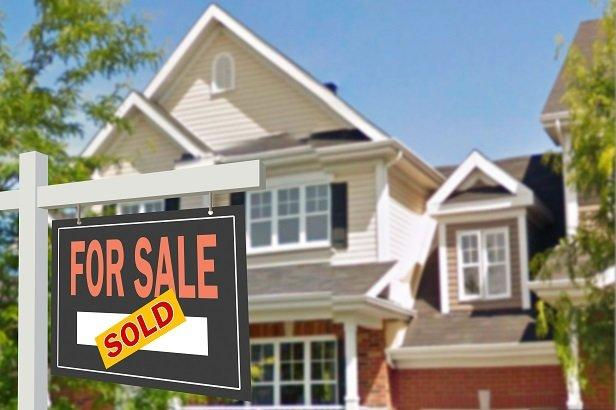2025 Housing Market Outlook: 10 Key Takeaways from the JBREC Summit
- Krishna Bhaskar

- Jun 24
- 3 min read

The 2025 Housing Summit by John Burns Research & Consulting brought together 165 housing industry leaders in Laguna Beach for two days of bold insights, data-backed forecasting, and honest talk about the market’s shifting terrain.
Even with signs of a slowdown, there’s plenty of opportunity—especially for those playing the long game and investing in the right housing models. Here's a quick summary of the top 10 takeaways and why Single-Family Rental (SFR) continues to shine as a smart, resilient investment.
🔑 Top 10 Insights from the 2025 JBREC Housing Summit
Spring Sales Slump Could Stretch into Summer
Builders are trimming starts and offering mortgage buydowns to attract buyers. Entry-level demand has softened, and new FHA rules may tighten it further.
Big Builders Gaining More Market Share
Large firms now control around 60% of the new home market and are accelerating mergers and acquisitions to solidify their edge.
Land Banking is Hot—but Risky
New capital is flooding land investment, but compressed returns are prompting cautious evaluations and dropped deals when numbers don’t work.
Tariffs and Supply Chain Risk Remain
Material costs are still unpredictable, up around 2% due to trade policy shifts. Builders are reshoring and going direct to reduce volatility.
SFR Has a Moat Around It
Renewal rent growth remains strong. The complexity of managing scattered homes and access to capital creates high barriers to entry—protecting scaled operators.
Capital is Bifurcating
Banks are pulling back, but private lenders and securitization are stepping up—reshaping who gets to grow and how.
Multifamily Capital on Pause
Equity is hesitant to fund new multifamily projects and instead favors land banking and build-to-rent strategies.
Recession Risks on the Radar
Experts forecast a potential recession in 2025, with 10-year Treasury yields in the 3.75%–4% range and mortgage rates hovering around 6.5%.
Undersupply is a Long-Term Reality
Despite short-term cooling, the U.S. needs 1.3–1.6 million new homes per year through 2034 to meet demand.
Demographics Still Favor Housing
The largest age group—33 to 37-year-olds—is entering peak home-forming years. Once affordability levels out, demand will surge.
What This Means for SFR Investors: A Stronger, Smarter Future
Despite the short-term headwinds in traditional homebuying, the Single-Family Rental (SFR) sector is not just holding steady—it’s quietly winning.
At ILE Homes, we see this environment as a rare window of opportunity:
High Barriers = Less Competition Institutional capital and operational complexity are keeping amateur investors out. For experienced operators like ILE Homes, this strengthens our position and protects your investment.
Strong Rent Growth = Predictable Income While home prices wobble and multifamily slows, SFRs are enjoying consistent rent growth—especially in renewal leases. This means steady cash flow for investors.
Builders Want SFR Partners With builders scaling back starts and reassessing land deals, they're increasingly partnering with SFR operators to keep communities alive. This opens the door to exclusive inventory pipelines.
Private Capital is Flowing As banks tighten, smart investors are using private lending tools to fund expansion and secure deals. ILE Homes is already leveraging these channels to scale sustainably.
Demographic Demand is on Our Side Millennials and Gen Z families aren’t rushing to buy—but they are eager to rent high-quality, well-managed homes. That’s the SFR sweet spot.
Final Word
The headlines may be mixed—but for the SFR industry, the message is clear: This is a time to build smart, invest wisely, and grow confidently. At ILE Homes, we’re doubling down on what works—location-driven acquisitions, professional property management, and long-term investor returns.



Comments